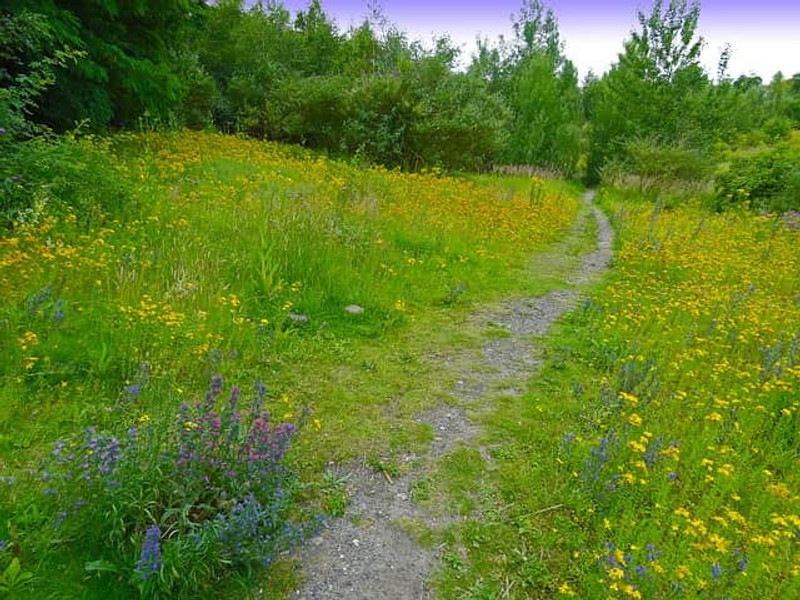
How to Plan a Green Burial
Published by Anne Altor on May 14th 2021
Sustainable Dying Part 3: How to Plan a Green Burial
What's the flip-side of sustainable living? Sustainable dying of course! Although not necessarily easy to contemplate, giving death some thought now and then can help us appreciate life more in the moment. In Part 1 of this series, we looked at common after-life practices including embalming, cremation and casket burial. In Part 2 we discussed green burial practices and some of the options for natural burial. The goal of this post is to share resources to help you plan a green (natural) burial.
The best way to make sure your wishes are carried out is to make a plan in advance and let your loved ones know about it. This provides peace of mind for you and lightens the burden for your survivors. Even if you don't make a complete plan, putting your core wishes down in writing will help guide your loved ones in honoring them.
The resources below may help you clarify your needs and document your wishes:
The Green Burial Planning Guide by the Green Burial Council.
The Natural Funeral Planner by the Natural Burial Company (find this download on the right side of their Home page).
So how to get started?
1. Define Your Goals for Your Natural Burial.
What are your ultimate goals and wishes for your burial? Do you want to help restore and conserve natural habitat? Do you want to be buried in a conventional cemetery if possible, but using natural methods? Is minimizing costs an important factor in decisions about your burial? Natural burials provide an opportunity to reduce costs, because there's no embalming, no expensive casket or grave liner, and you may need fewer funeral home services.
Do you want to be buried on your own land? Do you want your loved ones to have time with your body at home before the burial? These questions will help shape the plan you put in writing.
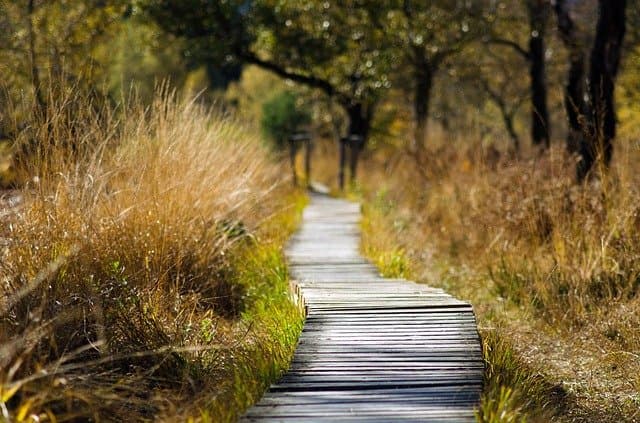
Image by smellypumpy from Pixabay
2. Designate a Funeral Service Provider.
Your funeral service provider can be a family member, friend or a professional funeral home. Most states don't require you to use a commercial funeral service provider. However, many funeral providers do offer natural burial services. Such providers can be helpful in putting a plan together using resources available in your area. The Natural End Map online directory lists natural funeral service providers that have signed the "Natural End" pledge to help and support families in carrying out a natural burial.
The Green Burial Council (GBC) certifies participating funeral homes that meet green burial standards. These standards include:
- Offering temporary preservation of the body without embalming and toxic chemicals
- Offering eco-friendly burial containers
- Providing the option for private visitation and home vigils without embalming
You can find state-by-state lists of Green Burial Council-certified funeral service providers at these links: States A–N, States O–Z.
3. Choose a Burial Ground.
Deciding where to be buried is a central part of planning your natural burial. It can also be a challenge to find out what the options are. Different types of natural burial grounds are discussed in Part 2 of this series (see the heading "Where can You have a Natural Burial?"). These include conservation burial grounds, home burial grounds, and hybrid cemeteries or green burial grounds.
If you want to be buried in a cemetery next to loved ones who are already interred, verify that the cemetery can accommodate your wishes. Many cemeteries require graves to be lined with concrete, metal or plastic burial vaults. The purpose of the vault is to keep the ground from sinking under the weight of heavy machinery used for grounds maintenance. As demand increases, more cemeteries are establishing designated green burial areas. In the green sections of these "hybrid cemeteries," the bodies are not embalmed, vaults and non-biodegradable caskets aren't used, and grounds are maintained without pesticides (and often with native vegetation).
Free resources for finding natural burial grounds in your state / region are at this link and this one. For a more comprehensive state-by-state guide, consider purchasing the Natural Burial Cemetery Guide by Ann Hoffner. The Natural Burial Cemetery Guide provides detailed information for every state in the U.S. on cemeteries and burial grounds offering natural burial. Digital copies are available for individual U.S. regions ($12.95) or for the whole country ($29.95 digital, $39.95 print).
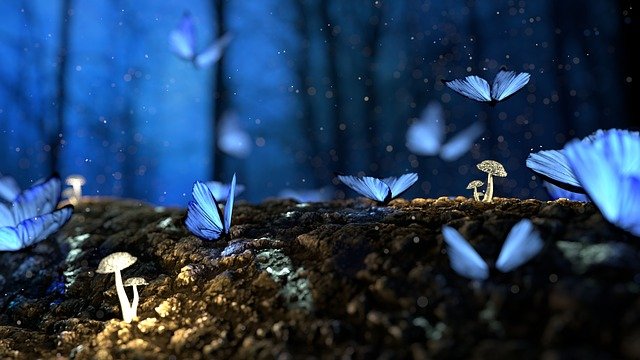
Image by Игорь Левченко from Pixabay
4. Other Considerations for a Green Burial.
Care and Handling
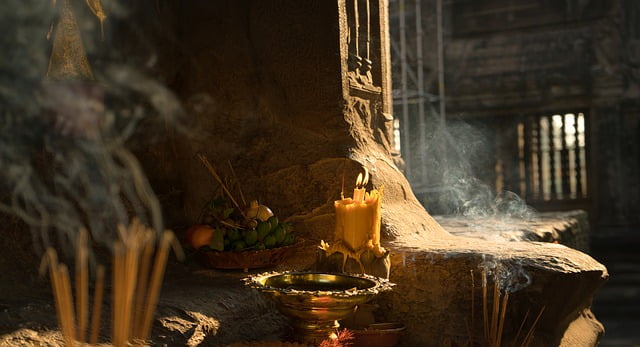
Image by Simon Kühn from Pixabay
Consider how you'll want your body to be prepared and maintained before burial. Embalming and cremation aren't used for green burials. Instead, common ways to keep the body cool until burial are ice packs, dry ice and refrigeration. The Home Funeral Alliance provides a helpful guide to caring for the body at home prior to the funeral or burial.
Burial Containers
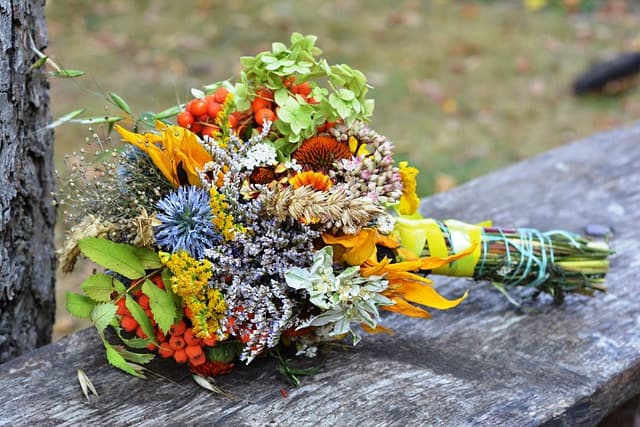
Image by utroja0 from Pixabay
There are many options in containers for natural burials. For example, a simple shroud that covers the body, a cardboard or untreated pine box, a casket made from grasses, a bed of flowers, or a favorite blanket or quilt. You don't have to use a container, your container can simply be the ground itself.
If you want to purchase a box, casket or shroud, look for a sustainable option made with renewable, recycled, non-exotic materials. Some sources for natural burial containers and shrouds include The Natural Burial Company and the Final Footprint company. Again, you can make your own container or shroud or forgo the container entirely. It's a personal choice.
Grave Markers
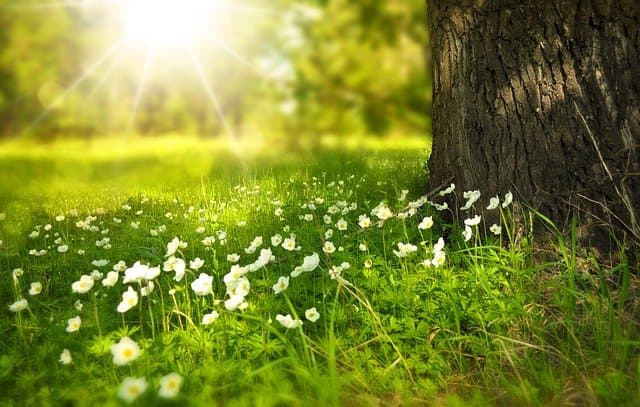
Image by Larisa Koshkina from Pixabay
In green and conservation burial grounds, simple grave markers are used rather than elaborate and resource-intensive monuments. The Green Burial Council says this about natural grave markers: "In all cases, the memorials should not detract from a natural aesthetic, and if possible should be ecologically functional and appropriate to the ecological and geological context." The marker might include native plants, a tree, a small engraved stone, or simply a GPS-based virtual memorial. The Green Burial Naturally blog discusses natural grave markers in this post.
More Resources for Green Burials
I hope this guide helps you think about and plan for a natural burial. Please share your thoughts and questions in the comments section below, and share this post with your friends and family! Here are some additional resources to help with planning a natural burial:
- The Green Burial Council
- Grave Matters: A Journey Through the Modern Funeral Industry to a Natural Way of Burial, Book by Mark Harris
- Crossings: Caring for our Own at Death, A Home Funeral and Green Burial Resource Center
- National Home Funeral Alliance, whose mission is "To educate families and communities to care for their own loved ones after death."
- Information and resources for creating a home burial ground are at this link
- The non-profit Funeral Consumers Alliance provides helpful information on planning a funeral and locating a provider.
- The Natural End connects "families with funeral directors, cemeteries and service providers offering simpler, more natural end-of-life options"
- NHFREA, the New Hampshire Funeral Resources, Education and Advocacy organization, provides many resources for natural burial, home funerals, ceremonies and more, including links to green cemeteries throughout the U.S.
- The Green Burial Guidebook: Everything You Need to Plan an Affordable, Environmentally Friendly Burial
